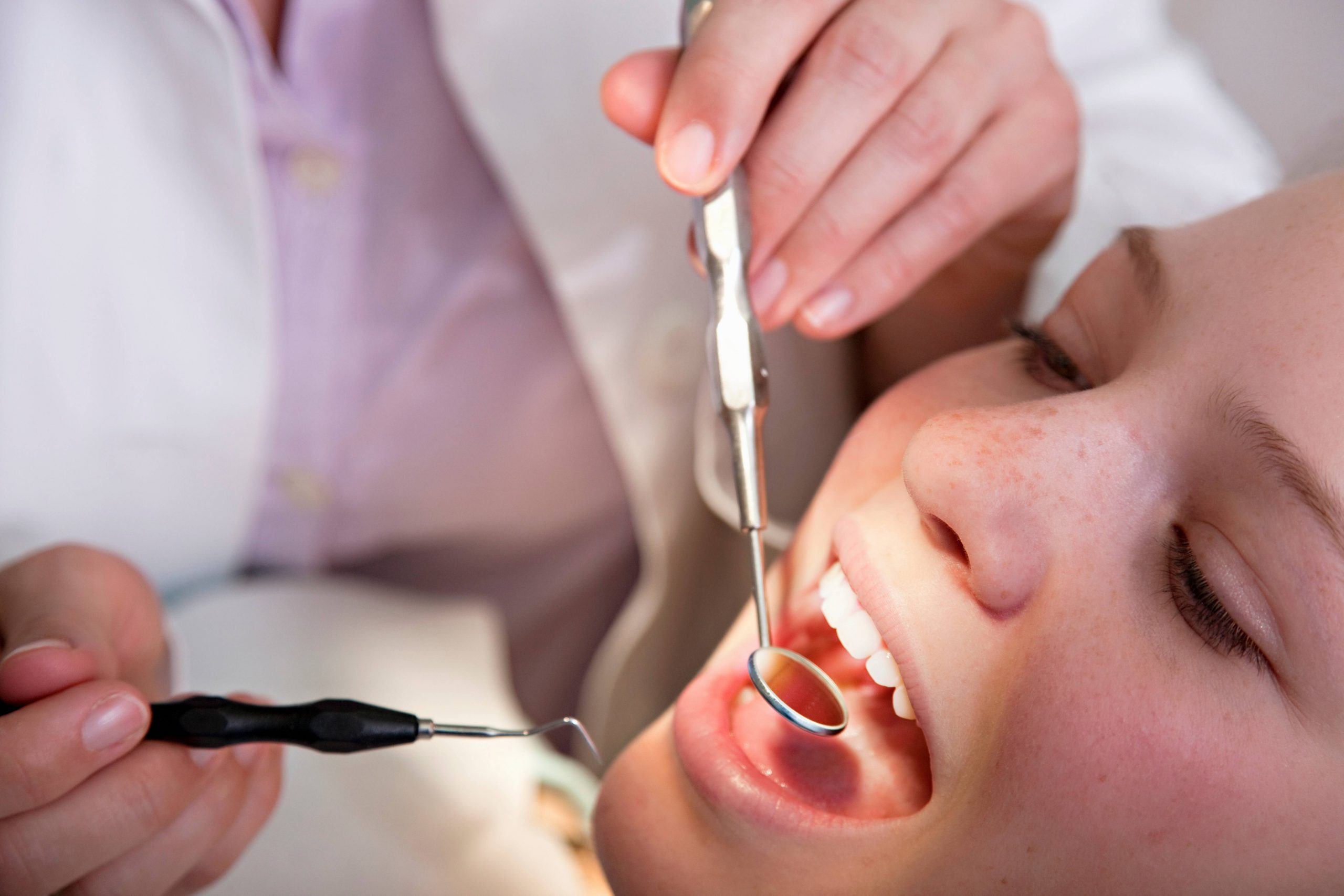These days dental aesthetics plays a fundamental role in most people who work in a social and work environment. The advancement and development of both technology and social networks and the Internet has made having a slim figure, having a good appearance and even having perfect teeth and shiny smile make us feel that we are not out of place in today’s society.
Years ago, cosmetic surgeries were the most requested, but now dental treatments also play a fundamental role, whether for the check up and control of oral pathologies or merely for aesthetic purposes. Among these aesthetic treatments, there’s the placement of dental crowns.
WHAT ARE DENTAL CROWNS AND WHAT FUNCTIONS DO THEY PERFORM?
A crown or cap is a dental prosthesis that is placed on the teeth in a fixed manner to protect them from trauma or severe damage that the original tooth may present, it also returns its original size, shape and color.
Dental crowns have several types, which is why they are very versatile. Among these we have:
- They help support a tooth when it lacks natural dental structure.
- A dental crown is capable of helping to fix a bridge in order to make replacements for one or more lost teeth.
- They help protect teeth that are weak or in danger of fracture.
- Aesthetically, it helps a tooth that looks crooked or discolored to recover its original shape and color.
- A dental crown can also cover a dental implant during its recovery or during the osseointegration process.
ADVANTAGES AND DISADVANTAGES OF DENTAL CROWNS
ADVANTAGES:
- They protect teeth that are worn down by some disease.
- They can help teeth that have a large filling to stay in place.
- They help restore and protect a tooth that is fractured.
- A tooth that is crooked due to lack of space, discolored or stained, can be helped by a dental crown to look perfect again.
- They last approximately 15 years.
DISADVANTAGES:
- Sometimes it is necessary to carve the original tooth in order to place the crown.
- Some patients tend to feel very sensitive when a dental crown is placed.
- When they are poorly placed or poorly adjusted, they can fall off.
- An allergy may occur in the patient, although this is very unlikely.
- They are more expensive than other restoration treatments.
WHAT ARE DENTAL CROWNS MADE OF?
Dental crowns are made of various materials such as alloys with metal, ceramic, porcelain, porcelain fused to metal or composite resin better known as a composite crown. The specialist must perform all the studies and checks to determine (along with the patient’s authorization) which is the most appropriate material to use, some factors are also taken into account such as: the location of the tooth, what position the tissue is in, how many teeth are seen when smiling, the color of the teeth and budget of the patient.
WHAT ARE THE STEPS TO PLACE A DENTAL CROWN?
The dentist seeks to eliminate any indication that may obstruct when placing the dental crown such as the presence of cavities, and even when it’s necessary to reconstruct the core of the tooth, the dentist does it so that it can fit.
The next step is when the dentist makes a mold, via manually or digitally, of the tooth or teeth on which the dental crown is going to be placed.
While the final dental crown is being made, the patient is fitted with a temporary dental crown that serves to protect the tooth while waiting the two weeks it takes for the final crown to be ready. In some cases, the temporary crown may present some type of sensitivity to cold or heat on the tooth, so the dentist always recommends taking specific care of it and even avoiding chewing gum. Once the dental crown is ready, the specialist sets a date with the patient to carry out the placement procedure and any adjustments needed to achieve the expected result.










